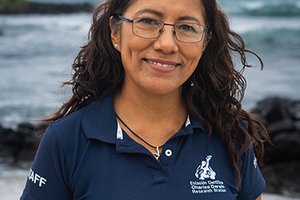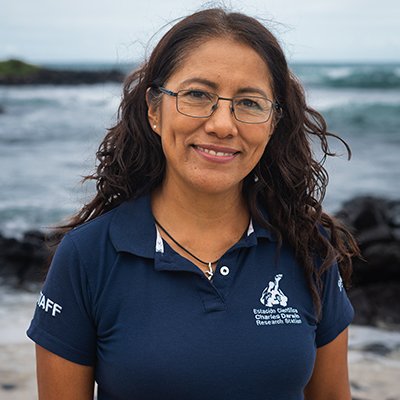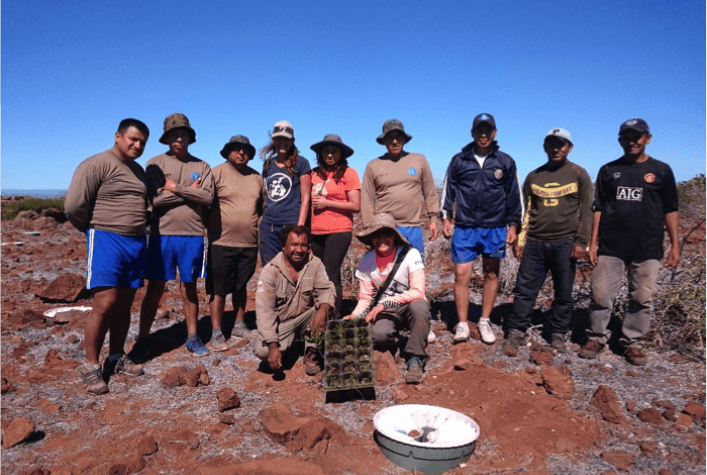
Between September 27 and September 30, 2016 the Galapagos Verde 2050 project, together with the DPNG and with the support of ECOGAL and FAE, in order to continue the process of ecological restoration on Baltra, the fifth planting of native species and endemic plants of the island took place. This time 403 plants were planted including: Opuntia echios echios, Acacia macracantha, Senna pistaciifolia, Parkinsonia aculeata L., Scalesia crockeri, Vallesia glabra var. glabra and Castela galapageia. These plants were distributed in three priority sites for the pilot phase of this project, and as with previous plantings, used devices employing the water-saving technologies Groasis and Cocoon, the latter being biodegradable.

Additionally, as part of the experimental evaluation that the GV2050 is doing to strengthen the restoration process, in 57 Opuntia and Scalesia plants moisture retention technology was tested. When introduced into the soil or other growing medium, this biodegradable compound absorbs and retains water and nutrients in order to optimize the growth of plants. These tests will enable us to analyze the behavior of these species with the use of this alternative technology.
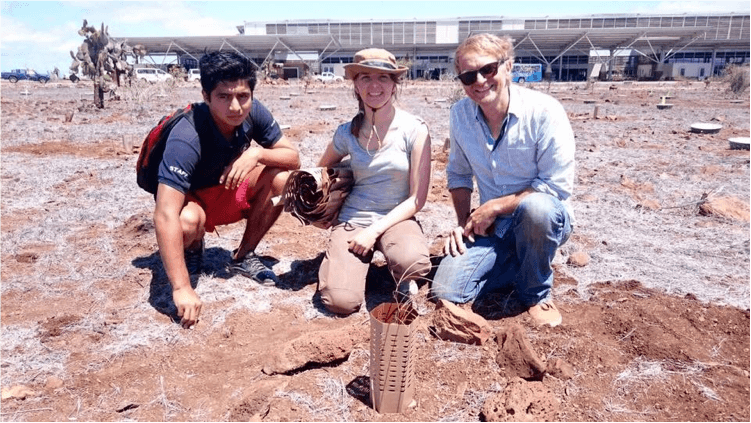
A code is assigned to all species planted in the different sites where the project is taking place, allowing them to be geo-referenced. Morphological information is monitored monthly and with the data obtained we can track its development through the web site and the use of a mobile application created exclusively for this project.
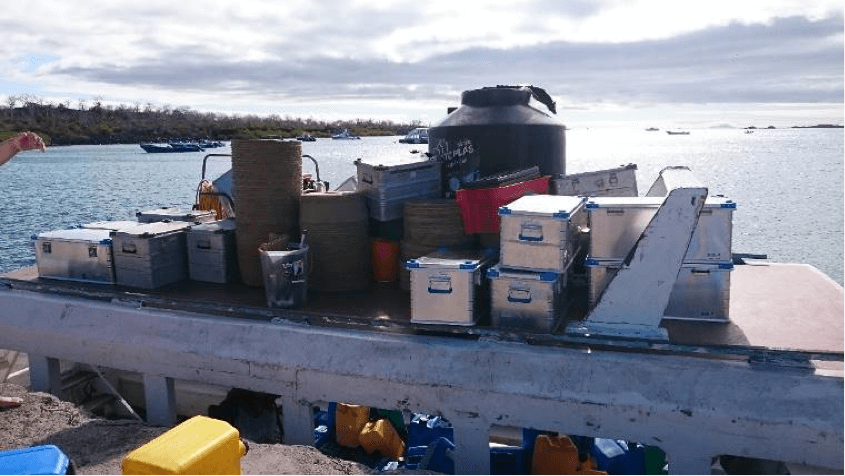
The Galapagos Verde 2050 project is implemented by the Charles Darwin Foundation along with the Galapagos National Park Directorate and the support of various strategic partners such as the Floreana Autonomous Decentralized Government , the Galapagos Ecological Airport, the Agency for Regulation and Control of Biosecurity and Quarantine for Galapagos (ABG) and the Ecuadorian Air Force (in Baltra). Financially the project is possible thanks to the invaluable support of the COmON Foundation, The Leona M. and Harry B. Helmsley Charitable Trust and BESS Forest Club.





